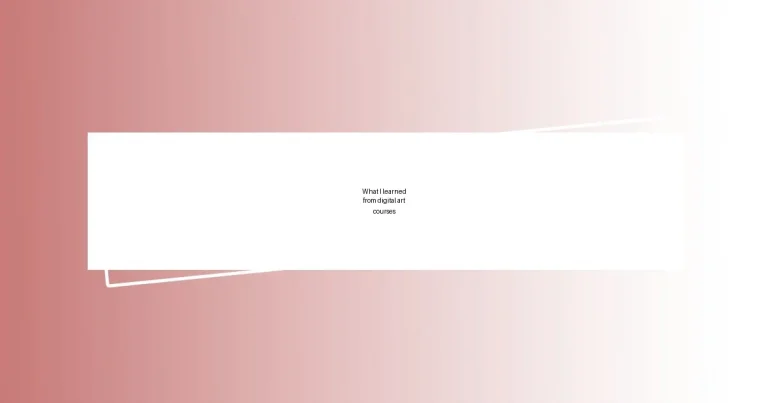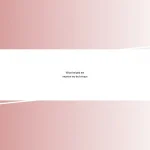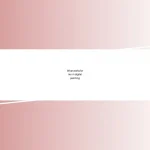Key takeaways:
- Digital art courses enhance creativity through mastery of software tools, art critique, and collaboration.
- Incorporating techniques like layering, texturing, and color theory significantly improves digital artwork.
- Building a personal portfolio narrates artistic growth and connects with audiences through the creative process.
- Networking with fellow artists fosters camaraderie, innovation, and collaboration in the artistic journey.
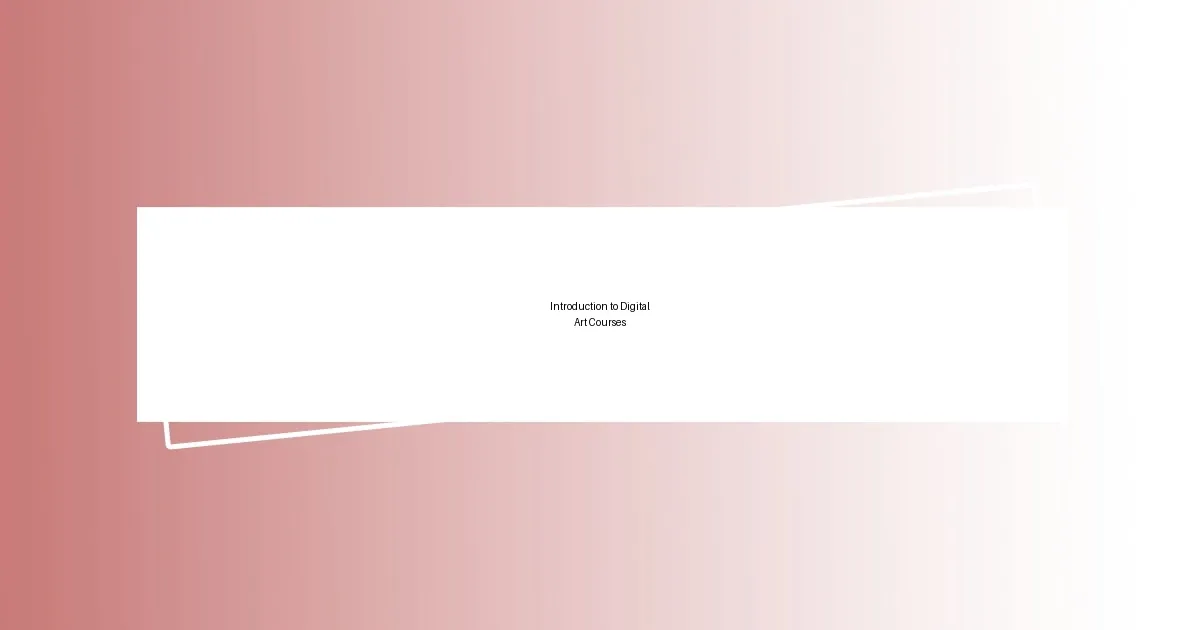
Introduction to Digital Art Courses
Digital art courses have become increasingly popular in recent years, reflecting the growing interest in combining technology with creativity. I remember my excitement when I first enrolled in a course—there was something thrilling about the prospect of creating stunning visuals with just a few clicks. Have you ever felt that rush when you create something completely new? That’s what these courses offer.
What I found particularly fascinating was the variety of tools and techniques we explored, from graphic design to digital painting. Each lesson felt like a new adventure. I can still recall struggling to grasp the nuances of layers and brushes in software like Photoshop—initially, it felt overwhelming! But, through practice, I slowly began to unlock the potential of my imagination and see art in a whole new light.
These courses also emphasize community and collaboration, which I didn’t expect at first. Early on, I connected with fellow learners through projects and online forums, sharing feedback and ideas. Have you ever experienced that sense of belonging in a creative space? It’s incredibly motivating to witness others’ progress and share your own journey, knowing you’re all in it together, pushing boundaries and exploring uncharted territories of digital creativity.
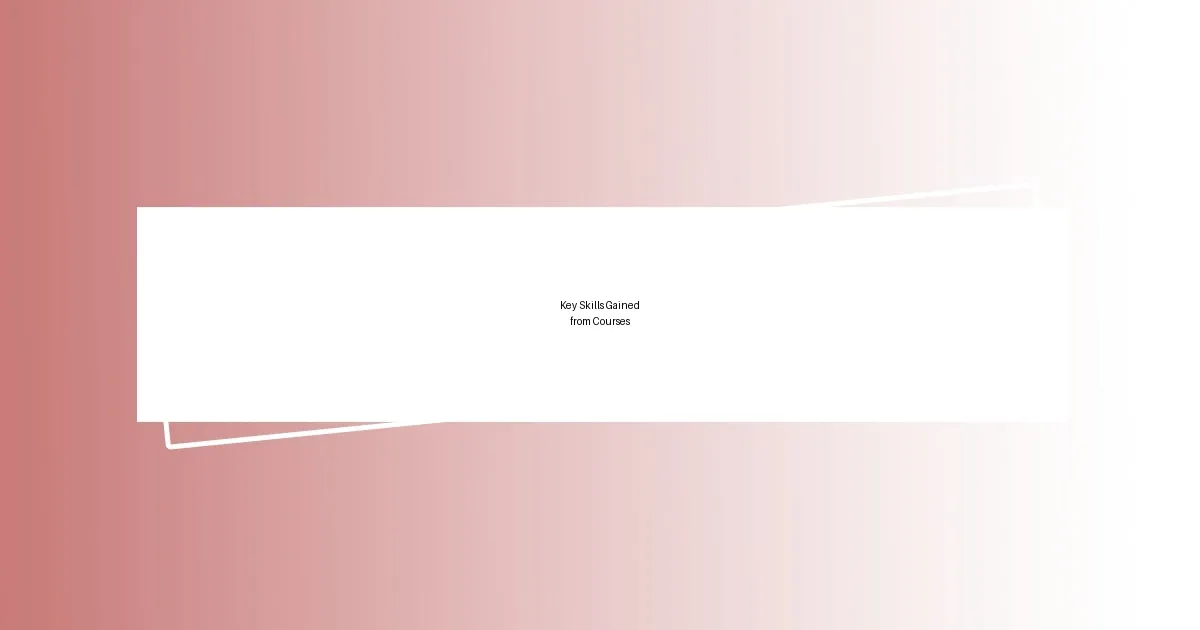
Key Skills Gained from Courses
Courses in digital art equip learners with essential skills that dramatically broaden their creative capabilities. One of the most invaluable skills I gained was mastery of various software tools. Initially, I felt like a fish out of water while navigating the complexities of programs like Adobe Illustrator. Yet, as I dedicated time to practice, functions that once seemed daunting became second nature. The sense of accomplishment I felt after designing my first vector graphic was incredibly rewarding!
Another key skill is analyzing and critiquing art. This was something I hadn’t anticipated gaining from a digital art course. Learning to look beyond aesthetics and understand the concepts and techniques behind an artwork transformed the way I approached my own creations. I remember one session where we critiqued a peer’s work; it taught me not only how to give constructive feedback but also how to receive it graciously. This has enriched my artistic journey immensely, fostering continuous growth and improvement.
Collaboration stands out as a crucial skill I developed. Working with fellow artists on joint projects was both challenging and enlightening. I recall working on a group illustration for a local magazine; differing perspectives sparked creativity, leading to innovative ideas that I wouldn’t have considered alone. The friendships I built during these collaborations are lasting, underscoring the idea that art truly thrives in community.
| Skill | Description |
|---|---|
| Software Mastery | Gained proficiency in tools like Photoshop and Illustrator. |
| Art Critique | Learned to analyze and give feedback on artwork effectively. |
| Collaboration | Experience in working with peers on joint creative projects. |
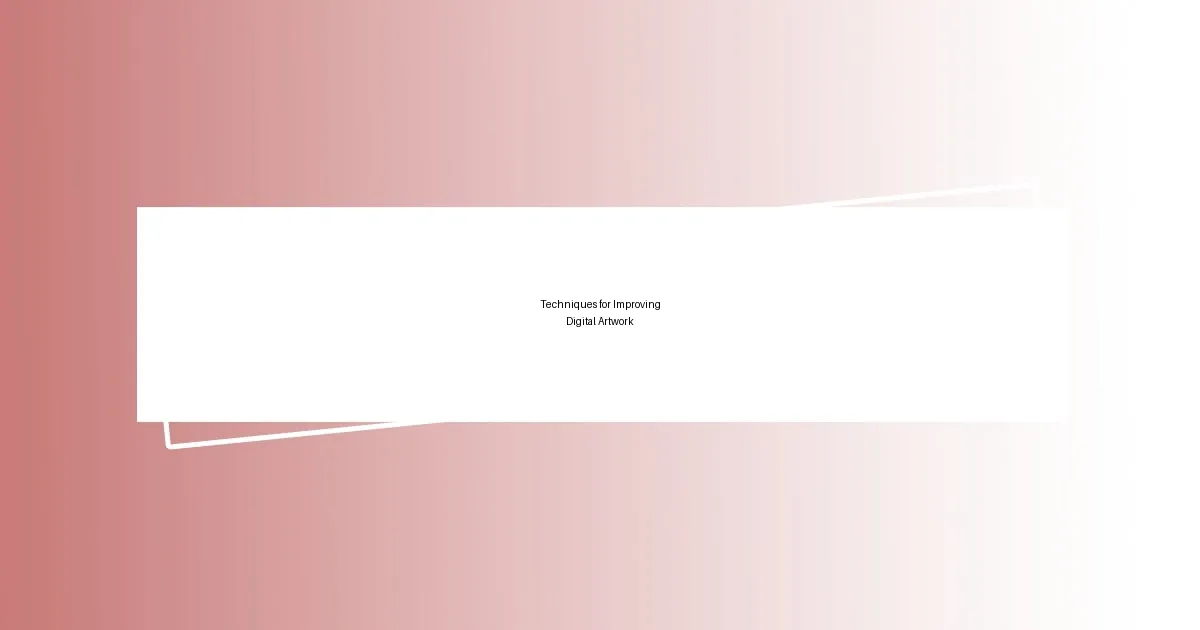
Techniques for Improving Digital Artwork
Improving digital artwork requires a blend of creativity and technique, which I’ve discovered through dedication and practice. One particular technique that transformed my work was the use of texture. Initially, my art felt flat, lacking depth. Yet, when I experimented with adding textures—like soft brushes or incorporating scanned materials—I saw a new dimension unfold. It ignited a spark of joy in me, knowing that such simple elements could elevate my creations to a whole new level.
Here are some techniques that can enhance your digital artwork:
- Layering: Utilize multiple layers to separate elements, allowing for greater control.
- Brush Techniques: Experiment with different brushes to achieve varied effects; this can dramatically change the mood of your artwork.
- Color Theory: Understand how colors interact; it’s not just about what looks good, but how hues can influence emotion.
- Texturing: Incorporate textures to add depth and interest; it can turn a flat image into something vibrant and engaging.
- Feedback Loops: Regularly seek feedback, which helped me immensely; other perspectives can reveal insights I might miss.
Another technique that I found invaluable is the practice of sketching my ideas before jumping into the digital realm. The tactile nature of pencil on paper helps me refine my concepts without the distractions of technology. I can still remember the eureka moment when I sketched an idea, transferred it digitally, and realized how much more polished the final piece became. There’s a certain thrill in predicting how a simple idea can blossom into a full-fledged artwork through careful planning and execution.
To truly grow as an artist, it’s essential to incorporate these techniques and develop a routine of practicing them.

Building a Personal Portfolio
Building a personal portfolio has been one of the most rewarding experiences of my digital art journey. I remember the early days when I struggled to showcase my work effectively. Just assembling pieces was overwhelming, but I found that curating a collection that reflected my growth and unique style was much more meaningful. What I learned is that a portfolio isn’t just a display of completed projects; it’s a narrative of my artistic evolution.
One impactful approach I discovered was presenting my work in a way that highlights both finished pieces and the creative process behind them. Including sketches, drafts, and even failed attempts gave viewers a glimpse into the journey I took to arrive at my final designs. I’ve found that many people connect more deeply with my art when they see the story behind it. It’s like sharing a personal diary of my creativity; how could anyone resist that?
It’s also vital to keep my portfolio updated. Each new project not only showcases my evolving skill set but also reflects changes in my interests and style. I vividly recall the pride I felt when I finally included a digital painting that combined techniques I had learned in a recent course. It made me realize how important it is to embrace growth and not shy away from showing where I’ve come from. Isn’t it fascinating to think about how our artistic journeys can inspire others? Maintaining an authentic and updated portfolio can open doors to opportunities I didn’t even know existed.
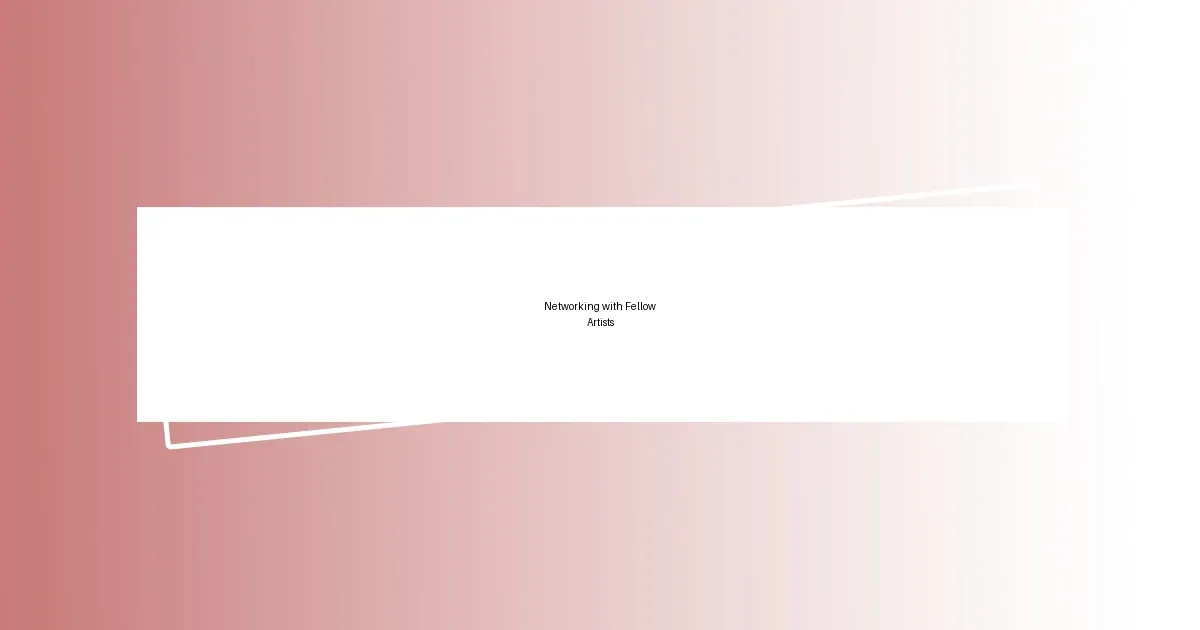
Networking with Fellow Artists
As I dived into digital art courses, networking with fellow artists turned out to be a pivotal experience. I remember joining an online community discussion where someone shared their struggles with color palettes. Their vulnerability sparked an authentic conversation, and I found myself exchanging tips while also reflecting on my own challenges. Engaging with peers not only broadened my understanding but also fostered a sense of camaraderie that made every sharing feel personal and enriching.
In another instance, I attended a virtual art show where artists showcased their latest projects. I was hesitant to share my own work initially, but the encouragement from others reignited my confidence. Listening to different perspectives on art styles and techniques opened my eyes to new possibilities. It was a reminder that every artist has a unique journey, and sharing ours can lead to surprising discoveries. Have you ever realized how much you can learn simply by being part of a supportive network?
Moreover, I made some lasting friendships through these interactions. I distinctly recall collaborating on a piece with a fellow artist I met in a forum. We each contributed our styles, and the blend of our ideas felt electric. The thought that we were miles apart but united by creativity was exhilarating. Through networking, I’ve learned that art is not just a solitary endeavor but a collective journey where shared experiences and ideas can spark innovation and growth. Can you imagine how much richer our art could become when we embrace collaboration and connection?
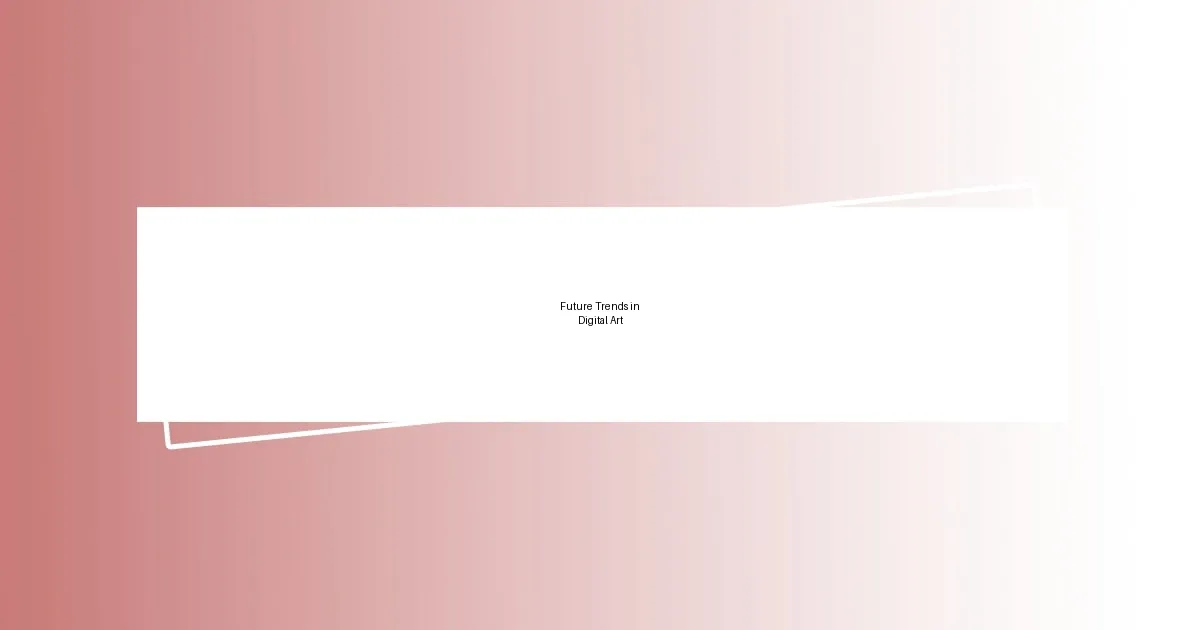
Future Trends in Digital Art
Exploring the future trends in digital art is both exciting and daunting. One trend I’m observing is the rise of Artificial Intelligence (AI) in the creative process. I remember experimenting with AI tools to generate artwork, which felt a bit like collaborating with a digital muse. It made me wonder: can machines truly enhance human creativity, or do they simply offer shortcuts? From my experience, when used thoughtfully, AI can inspire fresh ideas while still allowing us to infuse our unique style into the work.
Another exciting development is the growing emphasis on interactive art forms. I once participated in a workshop where we used augmented reality (AR) to layer extra dimensions over our illustrations. The thrill of seeing others interact with my art was electrifying. It made me think, how can we push the boundaries of a passive viewing experience? I believe that as artists, we have a unique opportunity to engage our audience in ways that weren’t possible before, transforming art into a dynamic dialogue.
Lastly, the trend towards eco-conscious digital art is gaining traction. I’ve been increasingly aware of how my creative choices impact the environment. For instance, creating pieces that promote sustainability or using digital methods that reduce waste can be empowering. I often reflect on what it means to contribute positively to our planet through art. Doesn’t it feel rewarding to think that our creative expressions could inspire not just beauty, but also awareness and change? The future is all about embracing technologies and values that encourage growth and responsibility in our artistic journeys.












